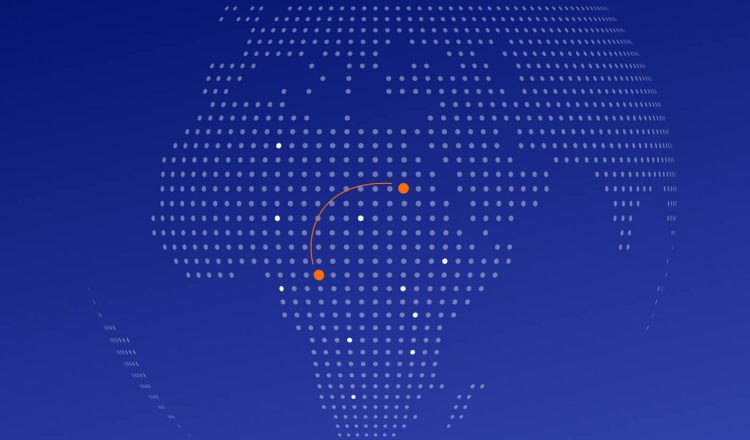Mobile money, bank accounts, and card — how to connect it all through one API

A practical guide for platforms looking to unify different payment methods across African countries using a single integration layer.
Why an “all-in-one” payment API matters in Africa
Mobile money now tops 2 billion registered accounts worldwide, moving US $1.68 trillion in 2024 alone. Roughly 70 % of that activity happens in Sub-Saharan Africa, where mobile wallets often substitute for traditional bank accounts.GSMA Yet the region is anything but homogeneous:
- M-Pesa mobile money – 70 % MM / 25 % bank / 5 % cards
- Bank transfers & card rails (NIBSS) – 20 % MM / 50 % bank / 30 % cards
- MTN MoMo, Vodafone, Airtel – 60 % MM / 30 % bank / 10 % cards

What “infrastructure” really means
In this context, payment infrastructure is the combination of:
- Connectivity – APIs or host-to-host links to mobile-money operators (e.g., Safaricom’s Daraja for M-Pesa), national switch schemes and card acquirers.developer.safaricom.co.ke
- Settlement plumbing – float accounts, virtual bank accounts and multi-currency ledgers.
- Regulatory wrappers – licence coverage, transaction monitoring and reporting.
- Developer tooling – REST/GraphQL endpoints, webhooks, SDKs and sandbox environments.
Providers such as Flutterwave, Paystack, Onafriq and pawaPay abstract that complexity behind a single contract.
Case snapshot: surviving the “15 local integrations” trap
A pan-African logistics platform started with direct M-Pesa (Kenya) + bank EFT (Nigeria) integrations. Two years later it juggled 15 connectors across six markets, four data formats and inconsistent webhooks. Settlement reconciliation took three analysts four hours daily.
Migrating to a unified provider (e.g., Unipesa-style layer) reduced that to one API, one webhook schema and automated T+0 reconciliation. Downtime‐induced refund tickets dropped 37 %, and new‐market launch time fell from 3 months to 3 weeks.



